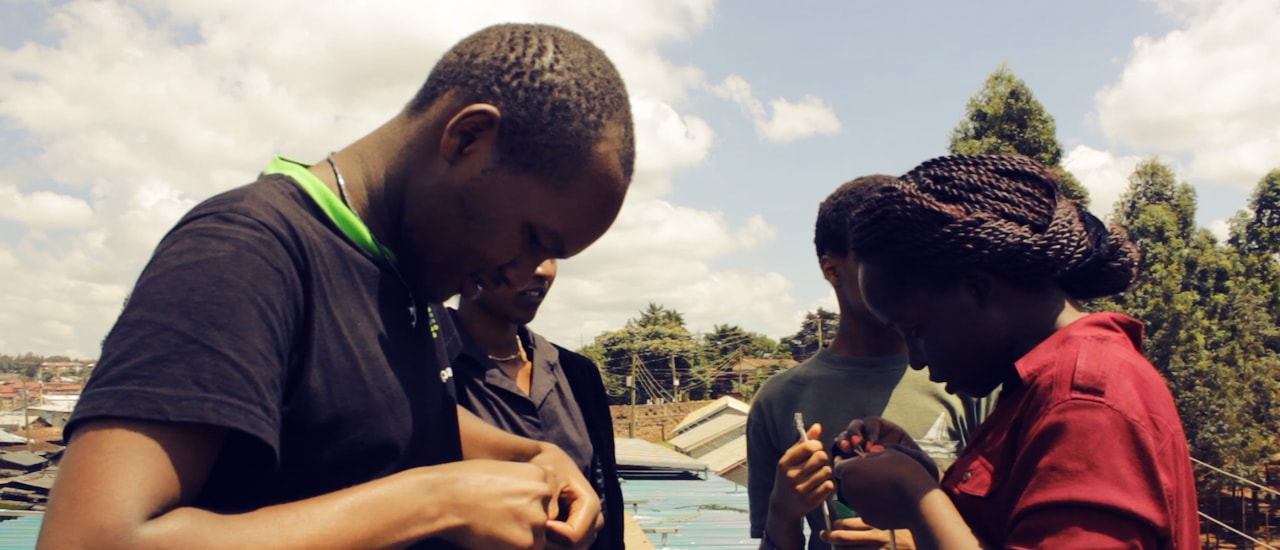By bringing broadband to new areas, community networks can help end discrimination, fight climate change, and feed the hungry of the world, says a report newly available as an ebook.
Community networks can help the United Nations achieve its Sustainable Development Goals, including an end to poverty and universal clean water, by bringing Internet service, and along with it, investment into areas not yet covered, says the report, Community Networks: the Internet by the People, for the People.
For the U.N. to reach its Sustainable Development Goals by 2030, nations and organizations will need to spend approximately US$1 trillion, noted Kathryn Brown, president and CEO of the Internet Society and a coauthor for the report.
While the goals are ambitious, they can be accomplished, with help from Internet access, Brown wrote in the report. “The Internet itself is an enabler for the goals,” she said. “We will be able to get there faster and in a way that lasts, if everyone can access the Internet and benefit from it.”
The report, available online since December, was recently released as a ebook on Amazon.com as a way to more widely distribute it. Supported by the Internet Society, the report summarizes ideas discussed by the members of the Dynamic Coalition on Community Connectivity (DC3) of the U.N. Internet Governance Forum between 2016 and 2017.
Community networks are “developed for the people, by the people,” wrote Luca Belli, coordinator of the report and senior researcher at the Center for Technology and Society at Fundação Getulio Vargas Law School in Rio de Janeiro.
Community networks can promote a sustainable Internet by “fostering a sustainable connectivity agenda and allowing the greatest possible number of individuals to enjoy the benefits of information and telecommunications technologies,” he added.
The authors of the report believe groups without adequate Internet access have a right to develop their own network infrastructure. This network self-determination is “an instrumental condition to allow the full exercise of individuals’ human rights,” the report said. “Such network self-determination can be enjoyed when individuals can freely associate in order to define, in a democratic fashion, the design, development and management of network infrastructure as a common good, so that they can freely seek, impart and receive information and innovation.”
The report/book gives examples of successful community networks in Mexico, Spain, Argentina, and Nepal, and it examines barriers to community networks in Africa, including, in some cases, a lack of awareness of the benefits of Internet access. Another barrier is the lack of local content for many people in Africa.
“It is one thing to know about the Internet and the benefits of accessing the information available, but building infrastructure from the ground up to access it is another story,” the report said.
You can create or support a community network. Here’s how!
Photo ©TunapandaNET
